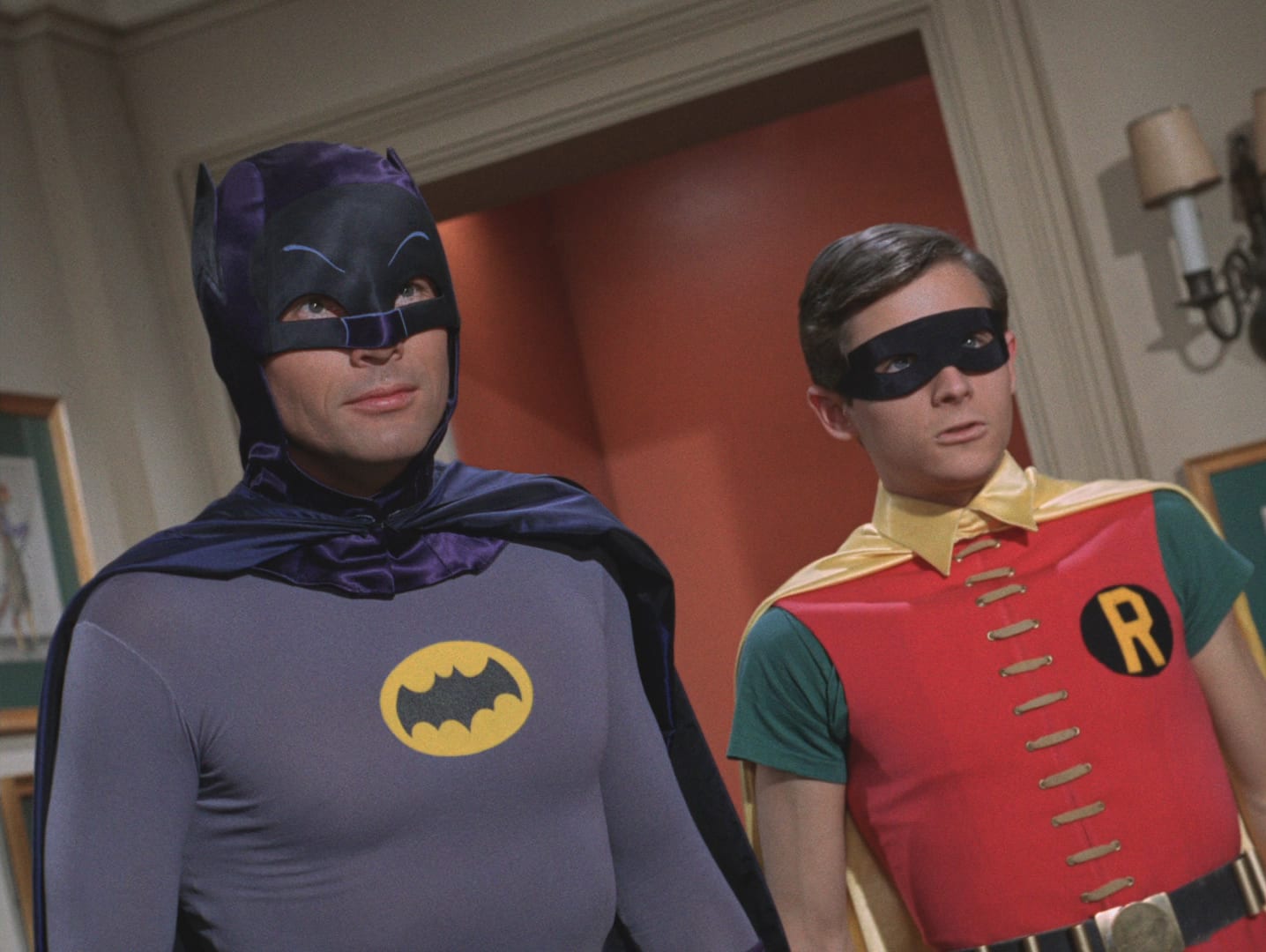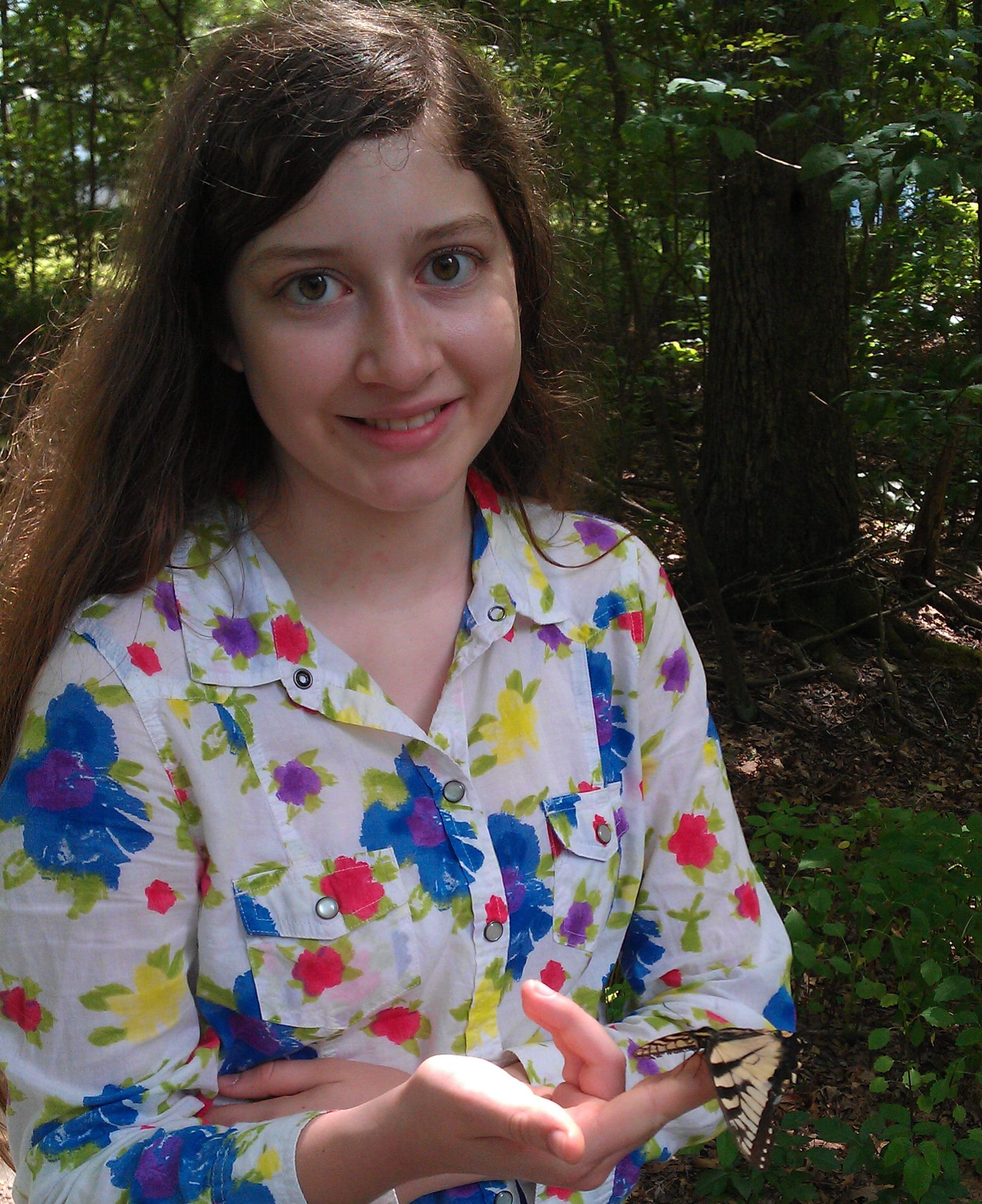
Everyone loves a good superhero, and while the mythical abilities of our favorite crime-fighting defenders have captured imaginations for decades, our own humble planet has produced organisms that make the fictional feats of Iron Man or Captain America pale in comparison. In fact, one of the most impressive real-life superheros can be found right under our noses — or, more accurately, under our feet.
Ladies and gentlemen, meet Deinococcus radiodurans: Earth’s microscopic Superman, able to defy the harshest conditions on Earth and beyond.
At first glance, D. radiodurans is hardly comic book material. Single-celled, immobile, and harmless to humans, this bacterium hangs out in groups of four called tetrads and generally prefers nutrient-rich environments such as soil or sewage. But this is only its mild-mannered alter ego. Put the microbe to the test, and it becomes clear why some have nicknamed it “Conan the Bacterium“: it withstands corrosive acid, dehydration, extreme cold, and boiling heat with ease.
Most famously, as its name suggests, it can endure over 500,000 rad of ionizing radiation (by contrast, humans cannot survive more than 1000 rad). The tiny survivor has even been shot into orbit and exposed to the vacuum of space for ten days, after which it returned without a microscopic scratch.
D. radiodurans is only one of a menagerie of similarly intrepid creatures called extremophiles. These organisms (mostly microbes) have evolved the ability to thrive in environments that would make The Mighty Thor himself cringe. Earth is home to a wide variety of extremophiles, from the bacteria that give the boiling-hot Grand Prismatic Spring in Yellowstone its rainbow of colors to D. radioduran’s distant cousin Thermococcus gammatolerans, the most radiation-resistant organism known to man (T. gammatolerans is also bright green, bearing resemblance to a certain other fictional “extremophile”).
However, D. radiodurans stands out even among its peers﹘ its near-invincibility has earned it the title of polyextremophile, meaning it can survive many harsh conditions at once (most extremophiles are specialized for just one or two). How does D. radiodurans manage such endurance?
According to Michael Daly of the Uniformed Services University of Health Sciences, its secret lies in its unique self-healing abilities. While just a few thousand rad of radiation can turn even the most well-protected DNA into genetic swiss cheese, the bacterium utilizes a special protein called RecA that allows shattered DNA strands to be pieced back together quickly and efficiently. Additionally, it carries several complete copies of its genome, like computer backups, and compacts them into donut-shaped formations called toroids. Scientists think this allows the copies to be compared side-by-side for easier repair.

D. radiodurans' sturdiness isn't only impressive to biologists. In 2003, a team of information technologists encoded the lyrics to the Disney song “It’s a Small World” into strings of DNA and inserted them into D. radiodurans’ genome. 100 generations later, the song was recovered without an error, proving that information written in the margins of bacterial DNA can be retrieved accurately. Researcher Pak Chung Wong of the Pacific Northwest National Laboratory believes that, with further study, D. radiodurans might provide an inexpensive and reliable means of storing data in the event of a nuclear apocalypse.
However, D. radiodurans has the potential to be more than just the world’s smallest, most durable iPod. The microbe has a wealth of possible applications in everything from medicine to industry to space travel.
For example, Daly and his colleagues have already genetically engineered strains of D. radiodurans to break down hazardous materials in radioactive waste. By happily munching on toxic compounds like mercury and toluene, these modified microbes will likely play an important role in future industrial waste remediation.
D. radiodurans has a wealth of possible applications in everything from medicine to industry to space travel.
D. radiodurans' talent for repairing damaged DNA has also garnered interest from doctors studying cancer, as well as the radiation therapy often used to treat it. Similarly, its resistance to oxidative stress — which, in humans, is thought to contribute to a broad range of medical problems including diabetes, Alzheimer’s, and aging — may provide insight into the prevention and treatment of these ailments.
The bacterium's success in orbit has even caught the attention of researchers hoping to send humans to space. With a little genetic modification, scientists believe D. radiodurans could produce emergency drugs that are otherwise inaccessible to astronauts on long-term spaceflights.
Thus, like any good superhero, D. radiodurans’ powers are being harnessed for the greater good.
About the Author
 Rosemary Willis is a freshman at UGA majoring in Plant Biology. She spends her days learning about science, writing, and investigating bits of nature she finds on her way to class. In her spare time, she enjoys Python programming and spending time with family. You can e-mail her at rwills25@uga.edu. More from Rosemary Willis. Rosemary Willis is a freshman at UGA majoring in Plant Biology. She spends her days learning about science, writing, and investigating bits of nature she finds on her way to class. In her spare time, she enjoys Python programming and spending time with family. You can e-mail her at rwills25@uga.edu. More from Rosemary Willis. |
About the Author
-
athenssciencecafehttps://athensscienceobserver.com/author/athenssciencecafe/April 17, 2020
-
athenssciencecafehttps://athensscienceobserver.com/author/athenssciencecafe/April 12, 2020
-
athenssciencecafehttps://athensscienceobserver.com/author/athenssciencecafe/April 3, 2020
-
athenssciencecafehttps://athensscienceobserver.com/author/athenssciencecafe/March 30, 2020







